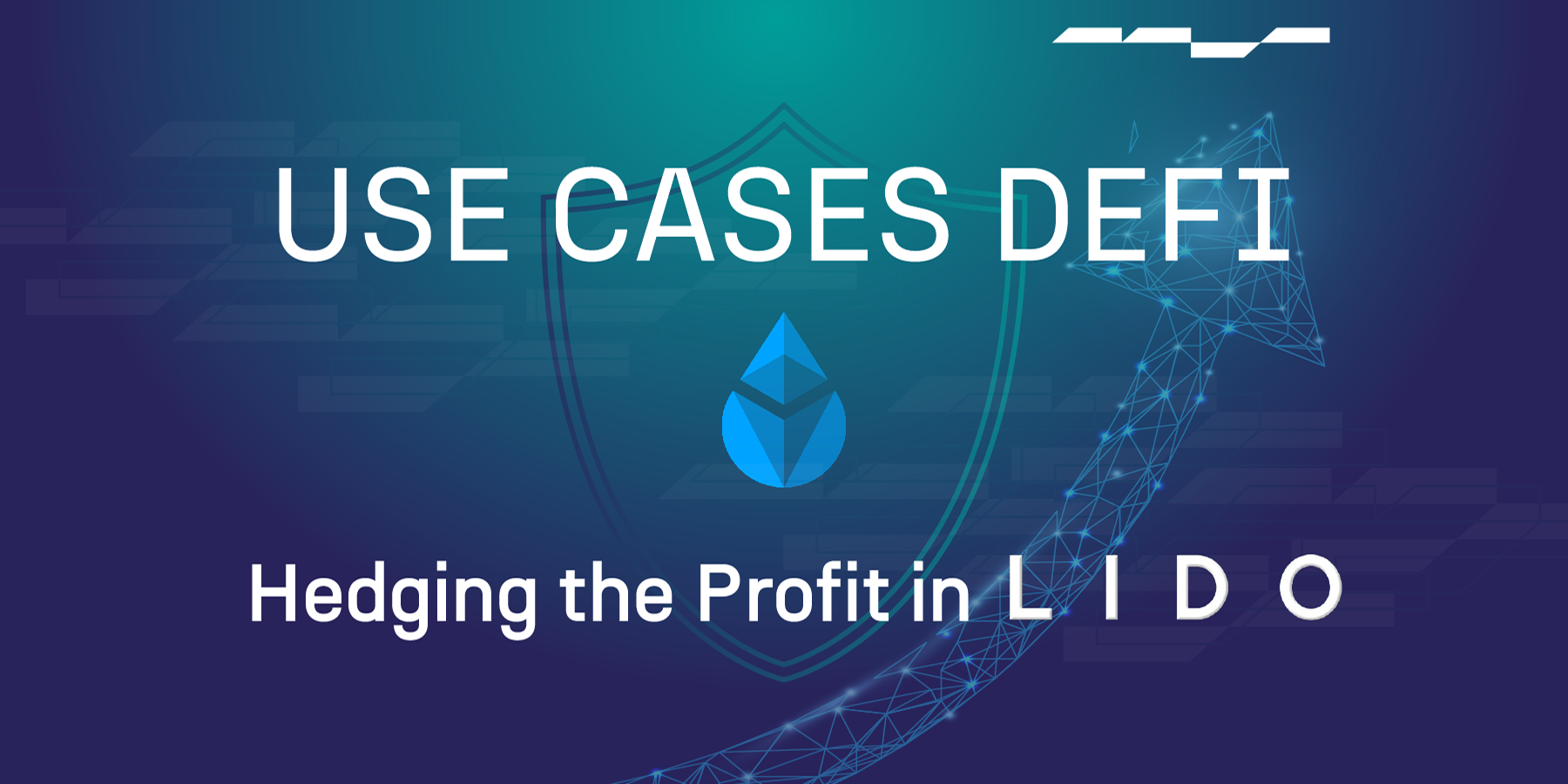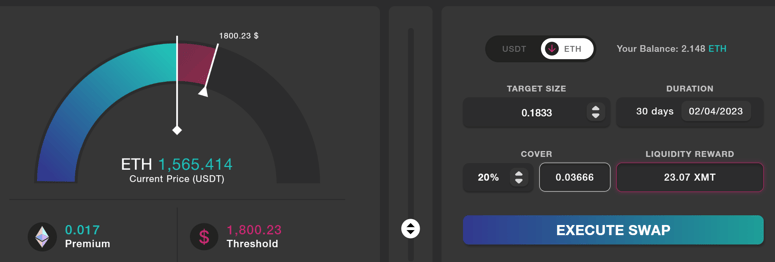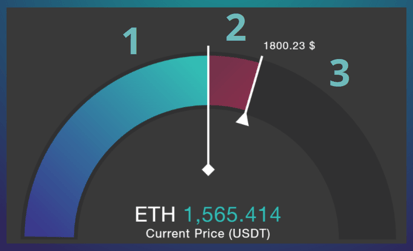 Liquid staking has become increasingly popular among cryptocurrency enthusiasts as it offers higher profits compared to staking on the Ethereum beacon chain. In liquid staking, validators can receive rewards in the form of a liquid token, such as stETH, which can be traded on various exchanges. It is expected to become even more widely used after the upcoming Shanghai update.
Liquid staking has become increasingly popular among cryptocurrency enthusiasts as it offers higher profits compared to staking on the Ethereum beacon chain. In liquid staking, validators can receive rewards in the form of a liquid token, such as stETH, which can be traded on various exchanges. It is expected to become even more widely used after the upcoming Shanghai update.
Lido is a liquid staking platform that offers stETH and token rebasing, and allows users to use stETH in DeFi. Founded in 2021, it has done nothing but grow since then, increasing its managed liquidity.

https://dune.com/queries/95814/191711
By liquid staking on Lido, validators can earn a monthly profit of $355 based on the current price of ETH ($1,550) and Lido's variable APR (4.4%). In this use case we take this number as relatively stable. The rewards from staking can be eroded by market volatility if ETH price falls. When staking on Lido you receive stETH in a 1:1 ratio, this is a rebase token that increases its number as we hold it in the portfolio each day at the rate of the staking gain (in this case 4,4%)
To protect against potential losses on those gains, we can open a Hedging Swap, hedging the staking profit, making it a safe cashflow regardless of the market performance of the underlying asset. This is a way of offsetting the risk of an initial investment, which can help ensure that validators and other users have a guaranteed counter value at the end of the month. To open a Hedging Swap in this manner, we'll need to lock a minimum of 0.0183 ETH as Cover. If the price of ETH moves in the opposite direction, this margin can be eroded. Users can add more ETH to avoid this scenario as we will discuss later.
________
I do want the rewards from staking to become a monthly cashflow but price volatility can erode my earnings
If you are a cryptocurrency enthusiast, you are most likely aware of the concept of staking. Staking is a way of validating transactions on a blockchain network by holding a certain amount of cryptocurrency. In return, stakers receive rewards for participating in the network.
Recently, Liquid Staking has become increasingly popular as it offers higher profits compared to staking on the Ethereum beacon chain. Liquid Staking allows you to receive rewards in the form of a liquid token, such as stETH, which can be traded on various exchanges.
It may become even more widely used after Shanghai with the eth update coming soon.
Now, let's get into the numbers.
To calculate the projected profits on your 50 ETH stake over 3 months at 4.4% APR, we'll need to use a formula:
Monthly Projected Profits = ( Eth Staked * APR ) / 12 = ( 50 * 4,4% ) /12
where 50 stands for the number of ETH we putted to stake, we divide its 4,4% yearly projected gain by 12, to get the monthly projected profit in ETH.
Using this formula, we can calculate the projected profits in ETH and then convert them to USD using the ratio of 1550:1. Here's what the tab could look like:
| Month | ETH Staked | stETH | Monthly Projected Profit | USD Countervalue (ETH * Price of ETH) |
|---|---|---|---|---|
| Start | 50 | 50 stETH | - | - |
| After 30 days | 50 | 50.18333 stETH | 0.18333 stETH | $286.165 USDT |
As you can see, if you stake 50 ETH for 1 months at 4.4% APY, you could earn a projected profit of approximately 0.183333 ETH, which is equivalent to $286.5 USD. If you continue staking for longer periods, your profits will increase accordingly.
Keep in mind that the 4,4% is a Variable APR.

Hedging is a way of protecting yourself against potential losses by opening a position that offsets the risk of your initial investment. In this case, you can hedge your staking profit by opening a Hedging Swap. By doing so, you can have a guaranteed counter value at the end of the month.
To hedge your staking profit with a 20% Cover, you will need to lock 0.03666 ETH as a Cover. This is the margin of the trade and in case the price of eth moves in the opposite direction, it gets eroded. If the price goes close to the settlement, you can add more ETH to push the threshold price away.
At the natural end of the order (Expire Date), there are three scenarios:

- If the price of ETH falls slightly, you will still receive your staking profit, with the hedging position settled for loss direction. In this scenario, your countervalue of rewards is protected: you have paid a small price (Premium) to open the Hedge position, and the rewards countervalue projected remains the same because of the Hedging Swap Profit.
- If the price of ETH increases a bit, you will receive your staking profit, taking back an eroded Cover from the hedging position. In this scenario, you have effectively locked in a profit and protected yourself from potential losses.
-
If the price of ETH increases next to the Threshold, in this case 1800 USDT, the Hedging Position goes Liquidated with the whole Cover eroded. In this case, we can manage the open position meanwhile, while it is open by Adding Liquidity or Closing it manually earlier.
In conclusion, liquid staking on Lido can be a profitable investment, but market volatility can make it risky. By hedging your staking profit with a Hedging Swap, you can protect yourself from potential losses and even lock in a profit in case of sharp price swings. With the help of tools such as the calculation sheet provided by Lido, hedging your staking profit can be a straightforward and effective way to manage your risk.
Risks
Lido’s liquidity management is not without risks:
One of the primary risks is related to the Lido Smart Contract itself. The Smart Contract, which handles the staking and management of user’s founds, could be vulnerable to hacks or exploits, which could result in the loss of user founds.
The Shangai update, also, can provide higher volatility during certain periods.
Another risk is related to Ethereum’s blockchain, which underpins the Lido protocol.
The Ethereum blockchain could experience network congestion or other technical issues that could disrupt the staking process or lead to delays in transactions. Additionally, there is the risk of decreased APY in staking, which could make staking with Lido unprofitable for users. This could be due to a variety of factors, such as changes in market conditions or increased competition from other staking platforms. It's important for users to be aware of these risks and to carefully consider them before deciding to stake with Lido or any other staking platform.
The risk lies also on the Smart Contracts technology, that anyway have been already audited by Certik and are now stress-tested in the bug bounty program!
If you have any other questions or concerns, feel free to ask on our Telegram group!
Goodbye volatility!
⚠️Warning⚠️
❗ METALSWAP ‘s admins or moderators will NEVER contact you directly on any social under any kind of circumstances.
❗ Everything concerning $XMT ‘s smart contracts and addresses is shared by our official channels (list below), do not trust any different info from any different source.
To the MetalSwap!
… and beyond!
-The DeFi Foundation
✎ What is MetalSwap?
With MetalSwap we enable hedge swap transactions through the use of Smart Contracts, AMM style.